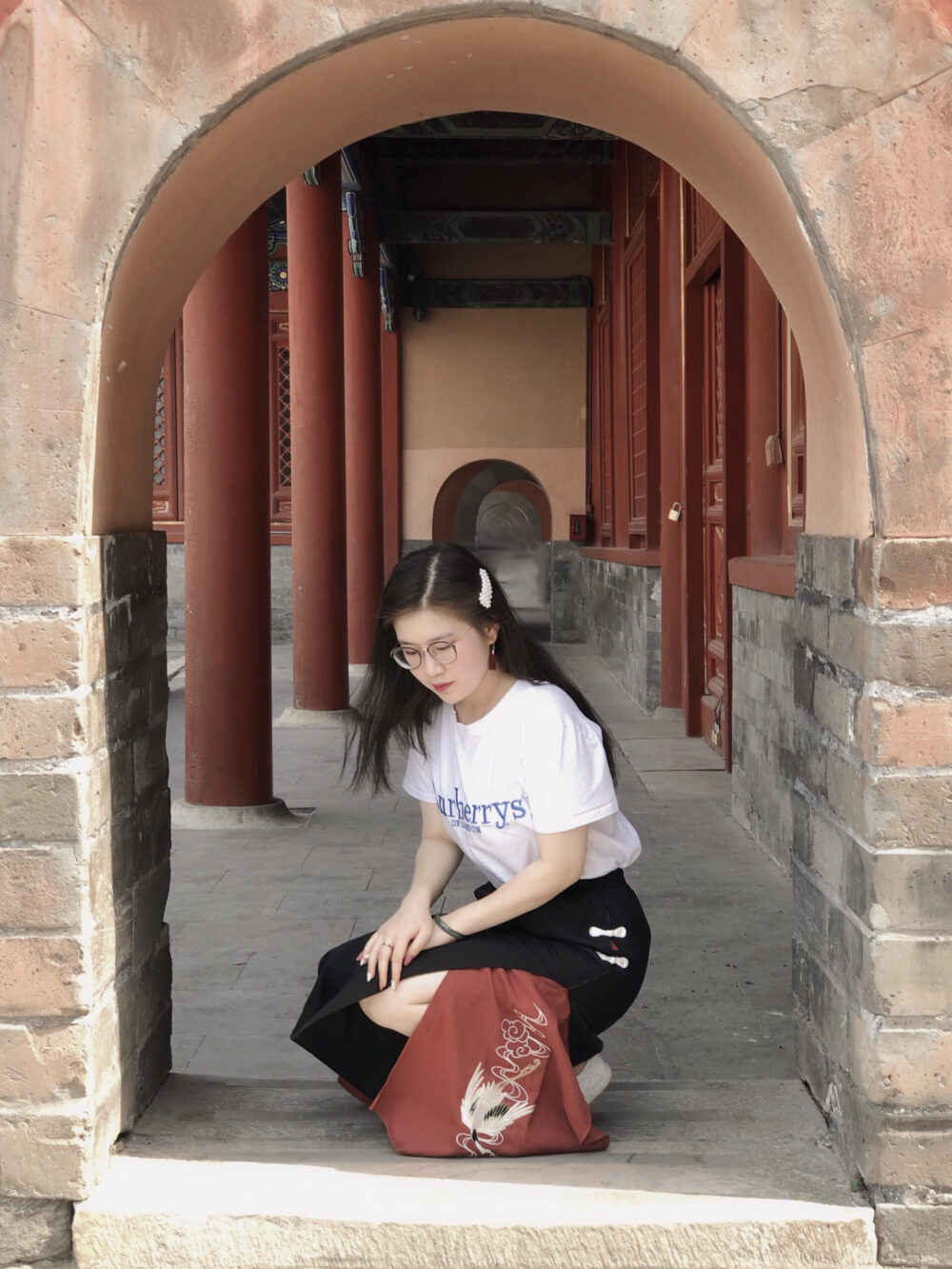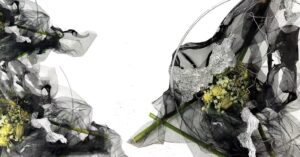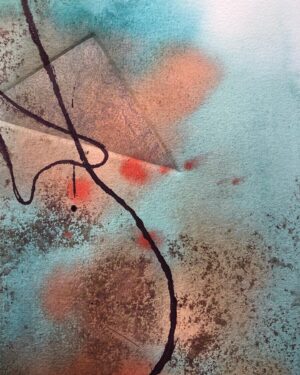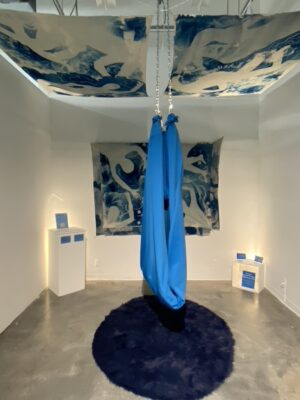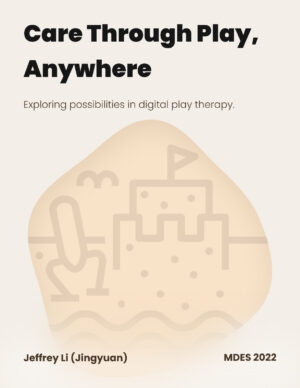LANHAI
JIAYU TIAN

Poetic·design
revealing the tacit aesthetic frameworks in a furniture design practice
Keywords:
Poetic Design, Aesthetics, Material Practice, Furniture Design, Oriental Design, Xiuxing

Design Story
I arrived at this research by being immersed in the actual processes of creative design making. Through hands-on experience and application, I found the expressions and feelings I wanted to communicate. This manifested through a series of practices which included: lighting, material explorations, handcrafting, and my personal stories via varied methods and processes of design. Moreover, I gave myself space and time, critically, for self reflection.

The poetic design in my research has two aspects:
1) the respect of nature and self in everyday aesthetics
2) design rooted in a Xiuxing, or spiritually informed and embodied making practice.

Design Communications
I respect the conversations between me and each part of the wood panels. Maintaining the natural beauty and applying my stories to it. It is an aesthetic model based on nature. The artistry and aesthetic ideal of space reflect the perceptual atmosphere of the art of life and awaken the original emotional expression in the heart.

It is about furniture design. It is about the home. It is about relating emotionally with the materials. It is about telling a story. It is about a journey. The character of design has been transformed into a method that assists me in building the conversation. I hope the journey that I have experienced, filtered through the lens of a poetic design method, can inspire or resonate with other designers or crafters who have similar cultural affiliations.

Coming from a maker’s perspective, I see the integration of utilitarianism and aesthetics, representing the ecology of self and the ecology of a maker. Moreover, I aim to break the geometric brick of utilitarian design works, breaking formalities in the process.I actively seek asperity, irregularity, and imperfections within art, craft, and design, inspired in part by Wabi Sabi, the ancient Japanese tradition of slow life.

The Makai light is fully using the leftover material of the project lanhai. They come from the same inspiration but creates under different state of mind. The impression of the ocean is transcribed in a poetic and meditative process of making. They all contains the sense of asperity, irregularity and imperfections.



Special Thanks to
Sophie Gaur, Louise St. Pierre, Christian Blyt, Martin McLennan, Trevor Osborn, Joe Band,
Brian Fossl, Renee Michaud, Yun Xiao, Helen Hai, fourth-year friends and 2022 Mdes cohort
Other projects: https://apriltian97.wixsite.com/portfolio
______________________________________________________

·
·
·
Designer : April Tian
Contact : +1 7782882837
WeChat : onedirection0420
Email : apriltian97@gmail.com
Emily Carr University of Art and Design
Industrial and Interdisciplinary design
A journey of understanding self.
·
·
·
